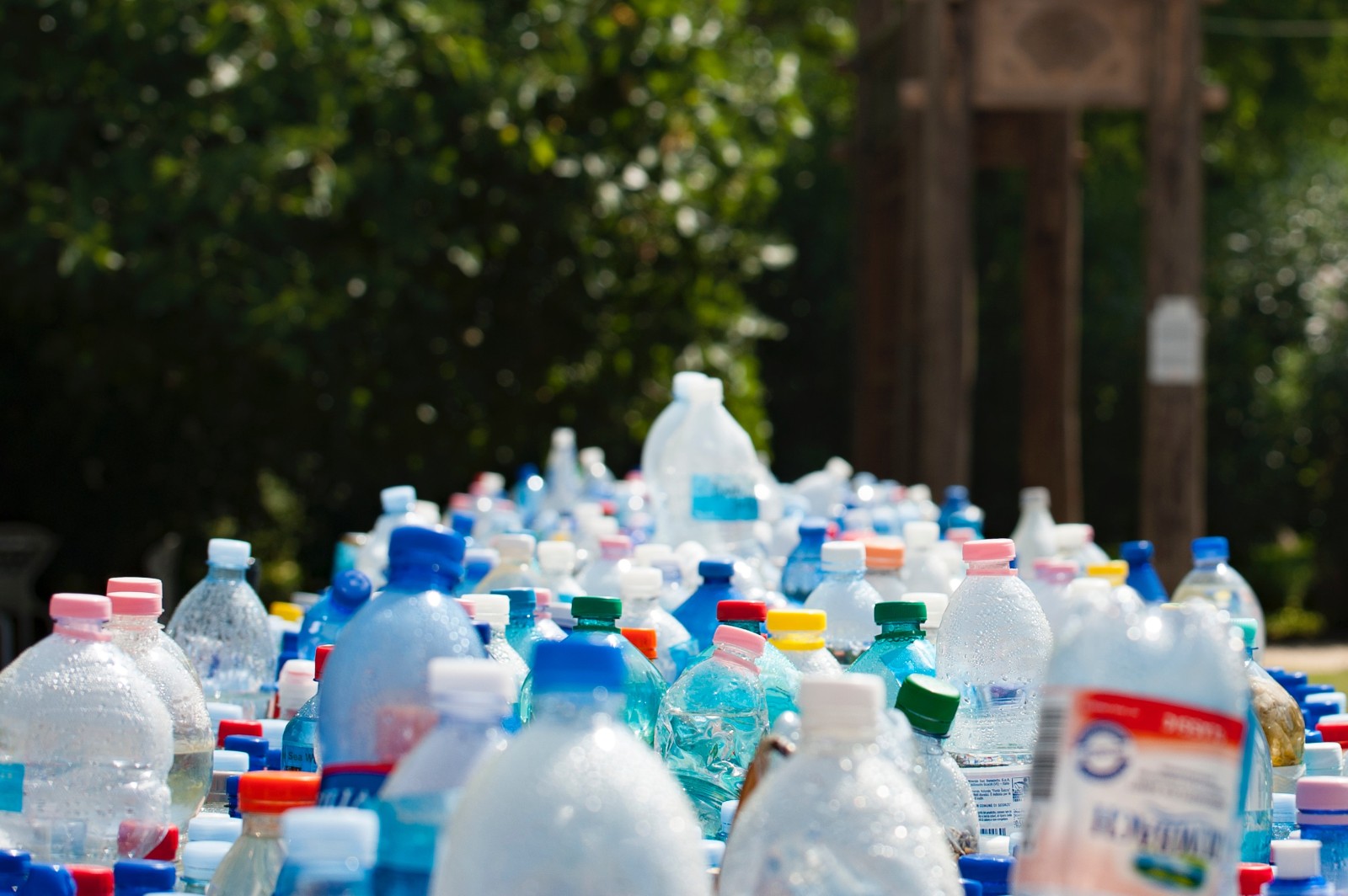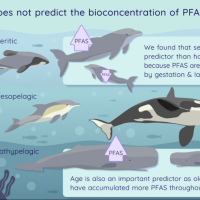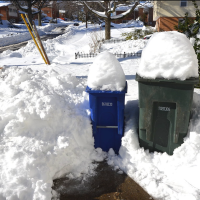Why are we still addicted to burning waste?
Ez is érdekelhet

A major barrier to reducing the wasteful mindset of business and society is overcapacity and stranded investments in waste-to-energy incineration
MEPs are calling on the European commission to ban the incineration of recyclable and biodegradable waste by 2020 as part of the latest plan for the EU circular economy package.
But as landfill is phased out across Europe, incineration is increasingly being turned to as a way to deal with municipal solid waste (MSW), while also producing energy and heat.
There is a certain circular logic in powering and heating homes with the rubbish they generate, but it comes at a price. For every ton of waste incinerated, about 20% ends up as hazardous ash containing heavy metals and toxic substances that must be dealt with.
“Waste-to-energy is a diversion of materials that come from petroleum sources. Some of the plastics might have a high calorific value, but they’re not renewable,” says Joss Blériot, executive lead, communications and policy at the Ellen MacArthur Foundation. He stresses that waste should be designed out as much as possible.
Recycling waste
Designing out waste involves finding alternatives to composite packaging and materials such as crisp packets that consist of atomic layers of metal which cannot be separated and recycled. But even materials that are recyclable, like plastic bottles, steel and paper, can lose 75% of value after first use. Eventually, this leads to a stream destined for incineration.
There are, however, a growing number of ways to treat MSW incinerator ash to minimise waste.
Eleanor Banwell, a biochemist and 2015 Schmidt-MacArthur circular economy fellow, believes incineration could play a part in the circular economy by collecting resources that would otherwise not be recovered. Her Royal College of Art design graduate project, MetaBlaze, considers how the value locked in ash could be exploited, assuming we can chemically process it.
“It opens the way for a new approach to sustainable design,” she says. “Rather than completely designing out waste, you can begin to reconsider hi-tech materials like composites. Until you close that loop on the utterly useless residual stuff, all you have is a slowing down of a linear economy. What matters is that the resources go back into circulation.”
Some businesses are already collecting precious metals from incineration. In the UK, waste company Veolia manages 500,000 tons of bottom ash every year and recovers metals such as gold and silver, which are sold on to ore manufacturers. Richard Kirkman, technical director at Veolia, says: “It’s not a perfect circular economy, but we’re working on getting more and more value out of the end-of-pipe.”
Rotterdam-based company, Inashco, uses a patented technology developed by the Technical University of Delft to recover and upgrade non-ferrous metals from municipal waste-to-energy ash for sale to global metal markets. Founded in 2008, Inashco is owned by the Fondel Group, a metals mining, production and supply company. Inashco is helping recover part of the aluminium, copper, silver and other metals worth €45m (£32m) lost annually during incineration in the Netherlands.
Incinerator ash can also be used to create new products, for example, producing aluminium castings for the automotive industry, secondary aggregates in road construction, cementor glass, or as synthetic zeolites for use in catalysts.
Treated in this way, however, the resources within MSW ash are locked into our urban infrastructure. A truly circular economy would see the MSW incinerator ash broken down into constituent parts that could be fully recycled and used again and again in manufacturing.
A dirty solution
This is no small technical challenge, nor would it be without polluting by-products. The composition of incineration ash contains an array of dioxins, chlorides, heavy metals and other hazardous substances and to cycle these completely would require intensive chemical processing at each stage.
“Essentially, incineration output is very messy. It’s far better to extract resources at the front end,” says Warwickshire county councillor and incineration campaigner Keith Kondakor, whose work is currently based around waste prevention strategies.
While mining incineration ash would still be better than conventional mining, which often entails land conflict and the destruction of habitats, incineration doesn’t do much to shift mindsets away from the industrial revolution’s dirty legacy. One fundamental issue preventing a shift in waste management mindset is overcapacity and stranded investments in incineration.
A recent study by the Wuppertal Institute suggests that in six of the 32 European countries analysed, incineration capacities exceed more than 50% of the annual waste generation. “As soon as you have built [an incineration] plant, the sunk costs involved cause dynamics that clearly undermine waste prevention and sorting as prerequisite for high quality recycling,” says Wuppertal Institute researcher Henning Wilts.
Source: The Guardian (emphasis added by editor)







